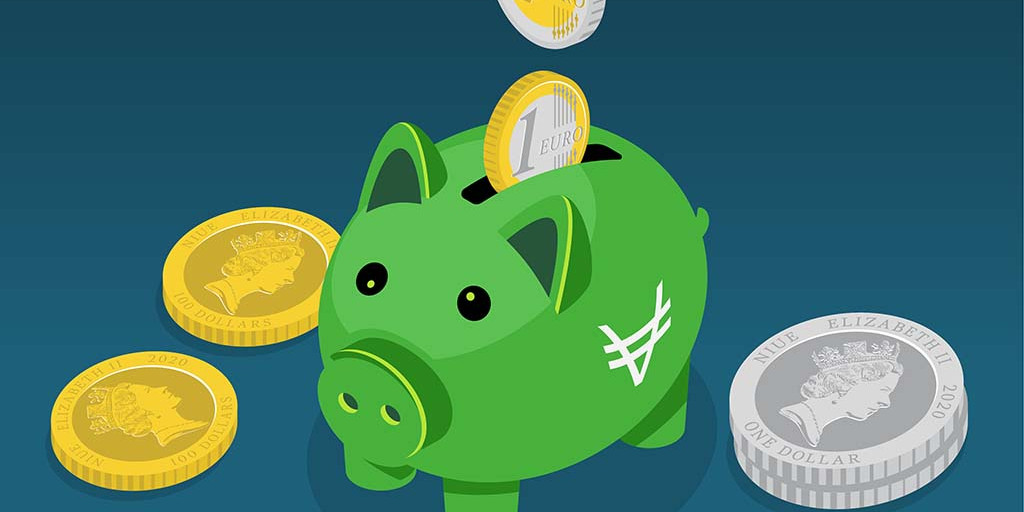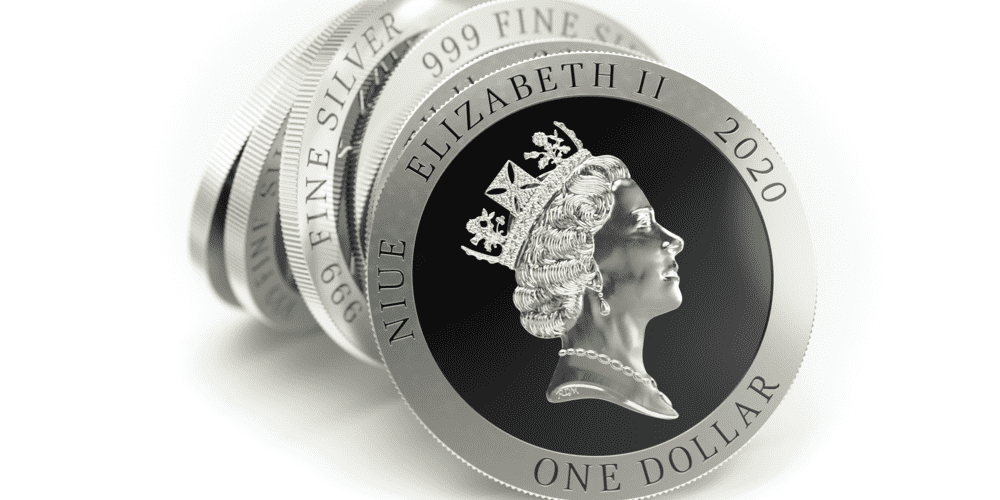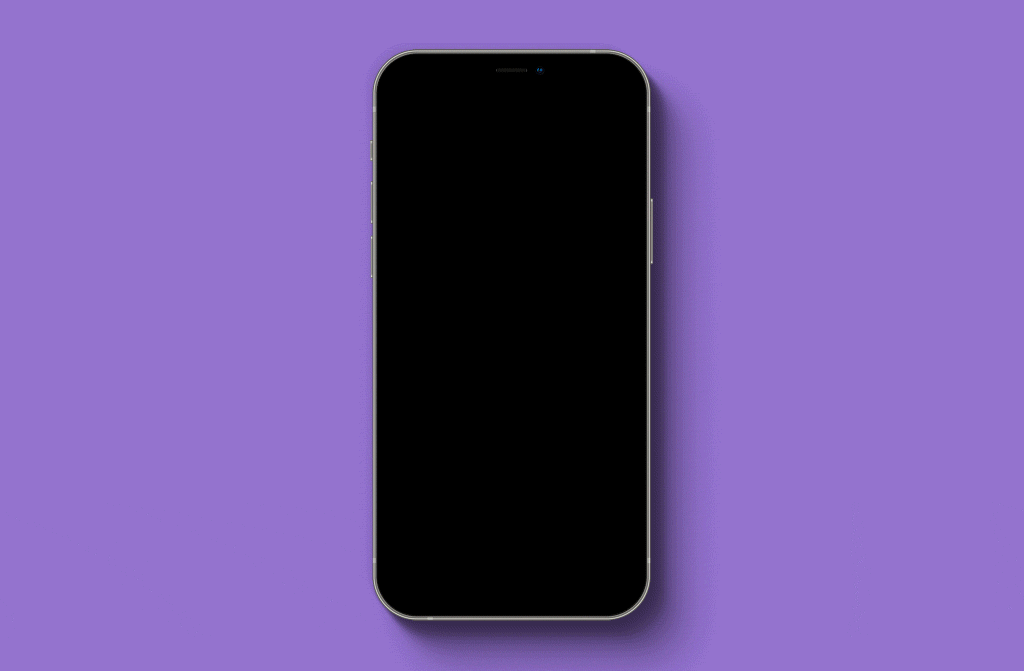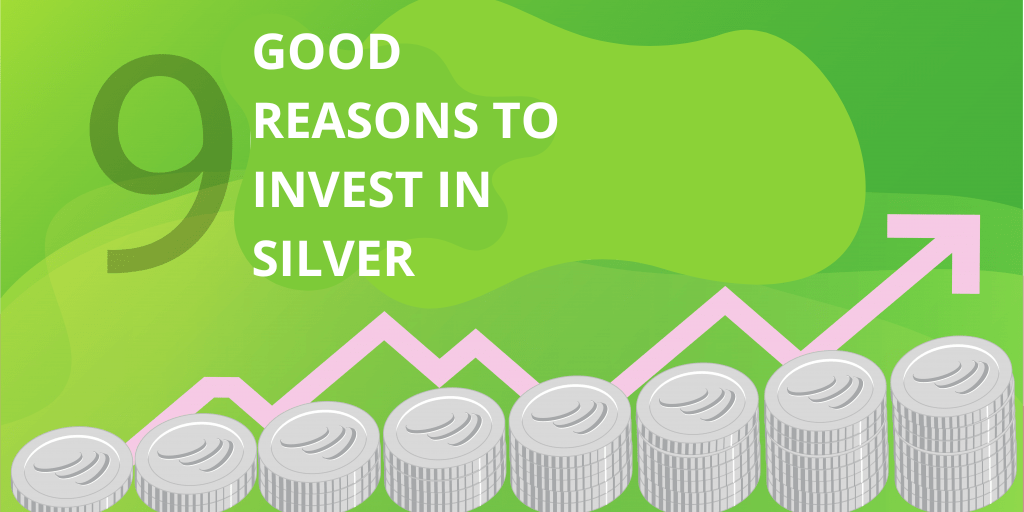How to invest in silver?
Why should you invest in silver? What opportunities can be seized through this currently undervalued metal? Silver is affordable and offers great investment prospects, making it increasingly popular with investors and savers alike, who see it as a safe investment, on an equal footing with gold.
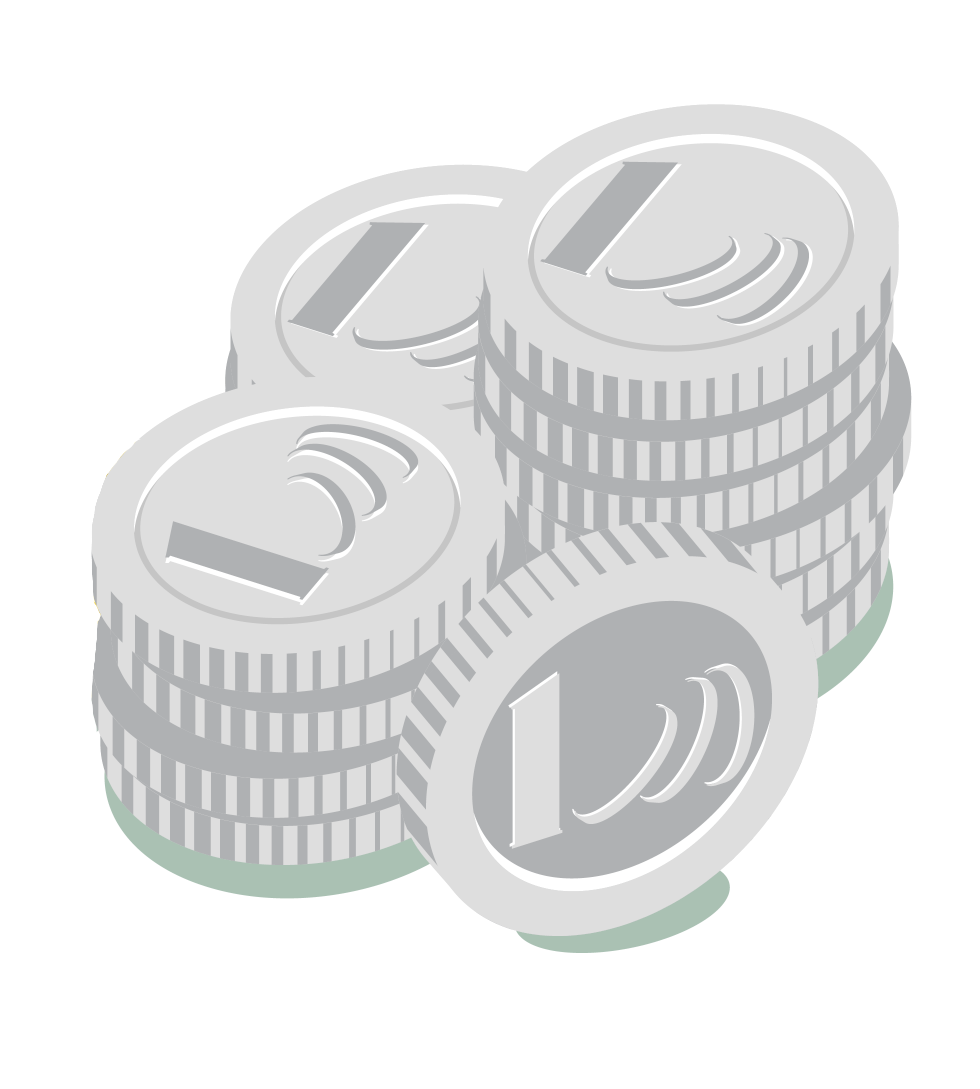
A brief history of silver
Silver has always been a monetary metal and its increasing scarcity is likely to make that all the truer. It has played a part in the history of money since the very beginning: the monetary system established by Croesus in 561 BC laid the foundations for bimetallism, under which silver is a complementary payment method to gold.
Many investors still consider silver to be a ‘poor man’s gold’ because of its lower price in comparison. The explanation for its current low rate is simple! Some years ago, the silver market found itself with a surplus in supply due to the US recovering silver coins that had once served as money. This decreased the price of silver to USD 2 per ounce, and it subsequently traded at around USD 5 per ounce for years. During that time, the price of silver was largely uncoupled from that of gold. It began to be seen as ‘just another industrial metal’, rather than as a precious metal in its own right.
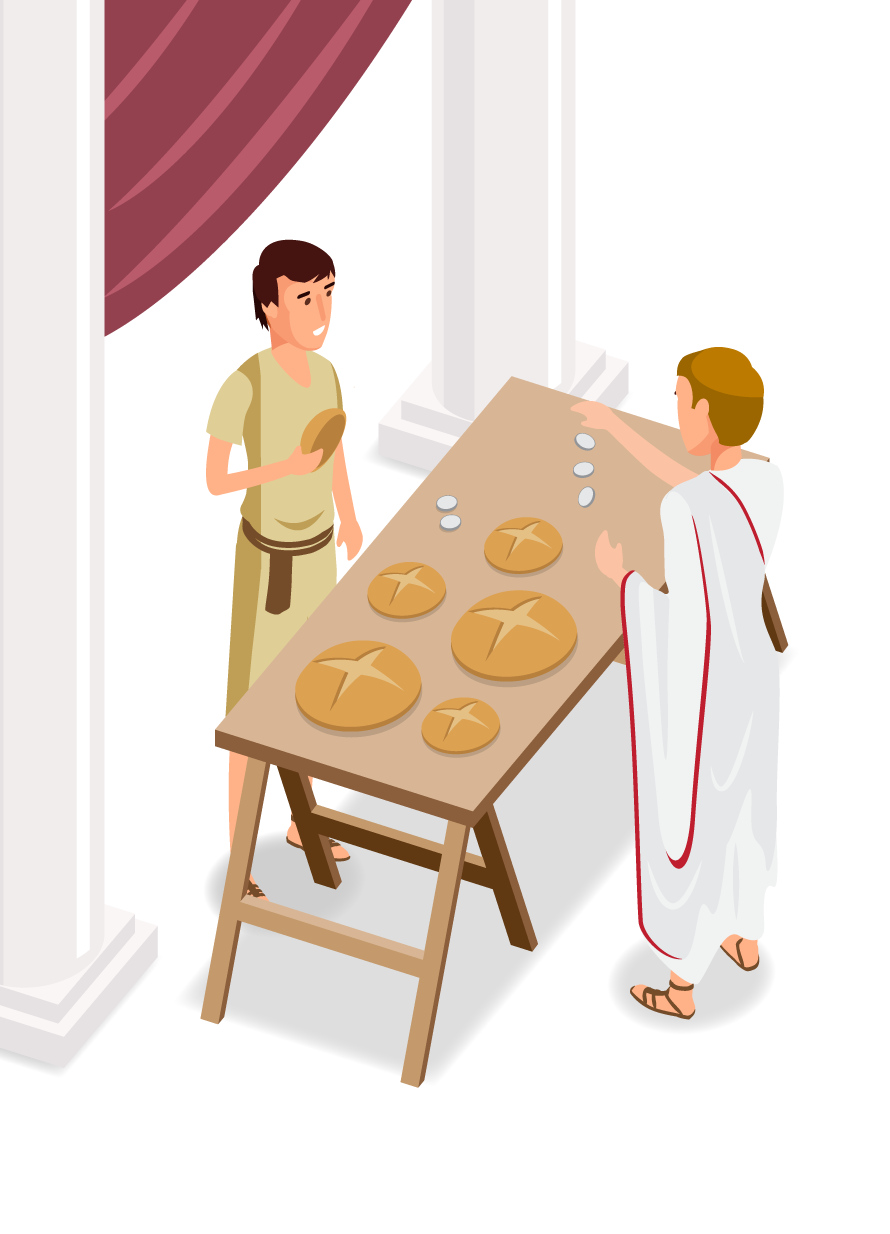
Why should you buy silver?
Since the 2008 crisis, silver coins and bullions have witnessed the strongest growth in demand compared with other sectors. Below is a recap of the 9 main reasons for investing in silver:
1. An affordable precious metal
Silver is an affordable investment that is within reach of any budget. Silver currently costs 70 times less than gold. And yet it provides protection equal to that of the golden metal in the event of a crisis.
2. Real value
The fact that silver is less expensive than gold makes it extremely liquid, meaning it is very readily circulated and traded. It is easier to buy consumer goods using silver coins than gold.
3. Rising demand
The industrial sector is the primary consumer of silver (56%), particularly the ‘green industry’ – a sector enjoying both very high demand and very high growth.
4. Devalued pricing
According to most experts, the price of silver is significantly undervalued. This is primarily due to its role as a raw material for manufacturers, who push to maintain its low pricing.
5. Complicated mining and recycling processes
At the current rate of use, it is estimated that silver reserves could be exhausted somewhere between 2021 and 2037. Very little silver is recycled today due to the complexity and high cost of the process.
6. Scarce supplies
Silver is a precious metal that is becoming increasingly rare. All of the silver currently in existence (777,275 tonnes) plus all of the silver lost throughout history (634,199 tonnes) could be contained within a 52m3 cube.
7. Cannot be confiscated
It is difficult for authorities to confiscate silver. The same cannot be said of gold, for example. As a result, it offers a degree of ‘political security’.
8. A sound investment for the short or long term
Given its scarcity and the continuous industrial need for silver, demand will always be sustained, and its price is likely to increase over the next few decades.
9. Complementarity with gold
Just as gold is a long-term asset, the same can be said of silver; however, it also offers the advantage of better liquidity.
What form of silver should to buy?
There are two options for investment silver: ingots or investment tokens/coins. VeraCash® has deciphered the main advantages and disadvantages of each type for you.
Silver can be found in many different forms, including bullions (both standard size and small). 100 g and 1 oz bullions are often the most popular among new investors. Like gold bullions, silver bullions must be accompanied by certificate stating their weight, silver content, manufacturer and serial number. When buying, it is best to purchase from a known foundry such as Northwest Territory, Silver Maple, Pan American Silver, etc. The first disadvantage of silver bullions is that they are subject to VAT (19.6% in France). The second is that they are hard to divide up and complicated to store. So, in the event of an urgent need for liquidity, the entire bullion will need to be sold. Of course, this is all dependent on the size of your silver investment and your need for liquidity in the short to medium term.
Investment tokens and coins are a great alternative to bullions and allow investors to build up their savings little by little. However, it is important to verify the purity of each coin: for example, Vera Silver has a millesimal fineness of 999.5 (it contains 999.5‰ silver), while the Vienna Philharmonic silver coin contains 999.00‰ silver, making it another star investment product. As with gold coins, there is a major reason to invest in certain silver coins: their premium! That premium, which is dependent on their condition, rarity and characteristics, can add substantial value to the coin. Not to mention fluctuations stemming from the price of silver. In short, silver investment in coins and tokens should be the preferred option for the following reasons:
- No VAT on purchase
- Divisible in case of financial need
- Easy to store
- Premiums Listing
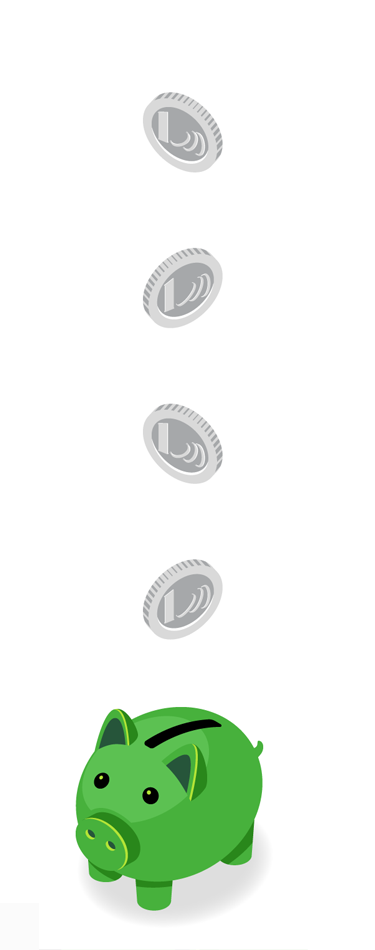
Where to buy silver bullion?
At VeraCash, the silver purchases you make via your account are backed by coins that are valid legal tender and by investment tokens. The primary investment token to which your silver purchases are linked is Vera Silver.
Vera Silver coins have the advantages of a premium, no VAT on purchases, and no taxes on individual sales amounting to under EUR 5,000 for French tax residents (unlike ‘classic’ silver products).
Where to store your silver?
Because gold/silver ratio is currently 1:55, meaning one kilo of gold is worth 55 kg of silver, it would take up too much space to securely store your silver at home. Storing silver reserves at home also means running the risk of being burgled or of forgetting about them. When you buy silver through VeraCash, you enjoy free storage in high-security vaults at the Free Ports of Geneva.

